WE KNOW THERE ARE QUESTIONS AROUND TRAVEL AMID THE CORONAVIRUS (COVID-19). READ OUR NOTE TO READERS HERE.
From Blackbeard to Captain Jack Sparrow, pirate stories have long captured the imaginations of both children and adults alike. But if you think pirate activity was limited to the Caribbean, think again. Here are 10 places around the world that have an unexpected history of pirates.
Clew Bay, Ireland
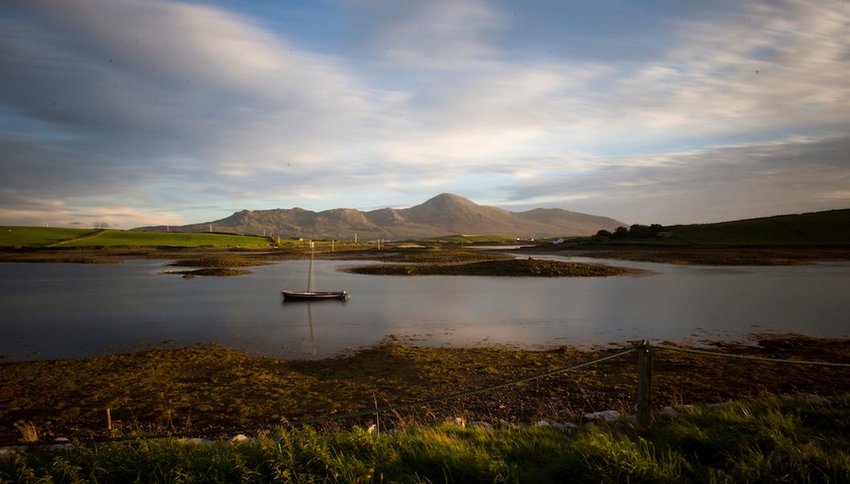
Pirate queen Grace O’Malley (who lived in the 1500s) was described by BBC Travel as “the scourge of Ireland’s west coast.” O’Malley was widowed at an early age and took over her husband’s ships. She inherited her father’s enormous trading business and became chieftess of her family’s clan. She had multiple castle hideaways in the area, including Achill Island and Lough (Lake) Corrib. Today you can take multiple tours to learn more about O’Malley and even see where she’s buried.
Campeche City, Mexico
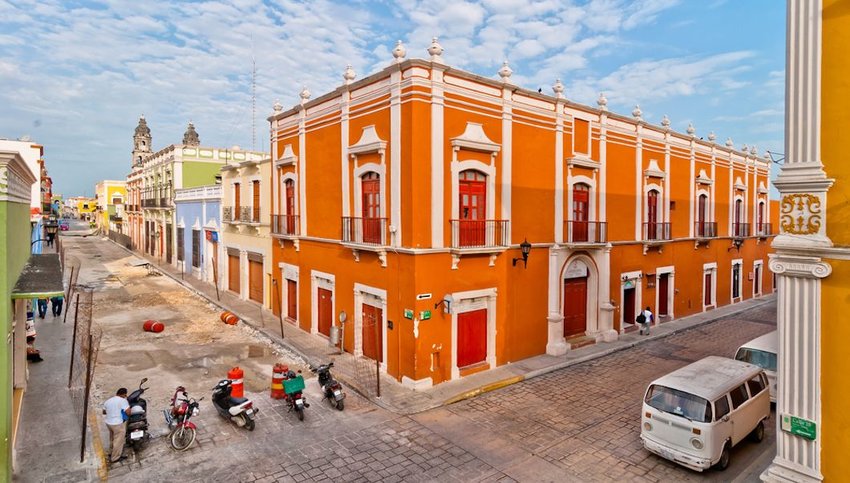
Campeche is known for its colorful colonial buildings, delicious food, and — pirates? Campeche was actually home to the biggest pirate attack in history. The 1663 Sack of Campeche involved over 1,400 pirates on 14 ships. Led by English pirate Christopher Myngs (he would later be promoted for his role in the attack), the two-hour battle produced several casualties. In the end, the Spanish surrendered and the pirates took all the gold and ships they could find.
Barataria Bay, Louisiana, USA
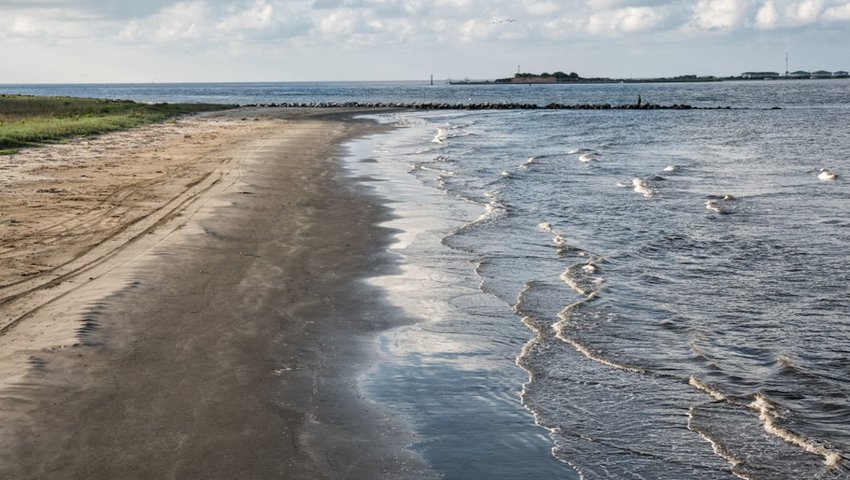
Barataria Bay, a bay on the Gulf of Mexico in Louisiana, is actually named after its pirate history. The name is based on the creole word, “Barateur,” which means “cheap” and once referred to smuggled goods sold by pirates. In the early 1800s, a pirate named Jean Lafitte and his band of privateers used the bay as their base. The pirates were commonly known as the Baratarians. Today, you can visit a historical preserve named after Lafitte.
Cartagena, Colombia
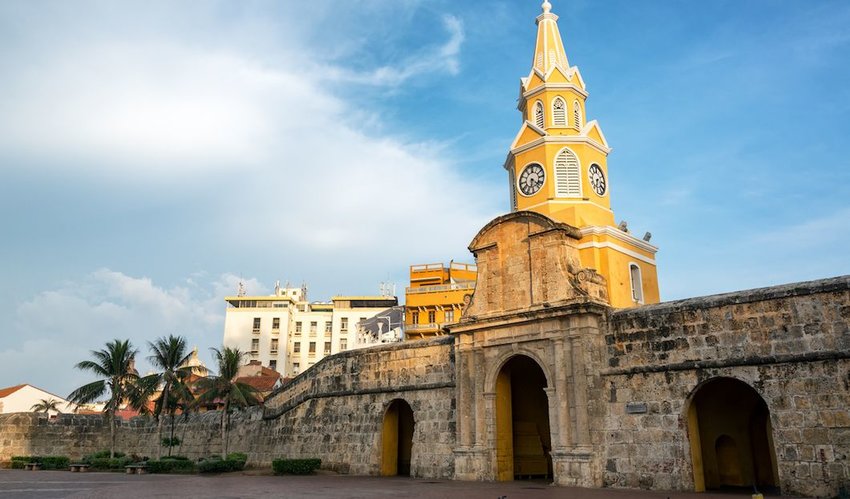
Cartagena, Colombia was founded along the Caribbean coast in 1533 and quickly became the passageway to South America for ships coming from the north. Treasure was often stored in Cartagena before making its way back to Spain, making the city a huge temptation for pirates on the Caribbean Sea. Cartagena fended off five separate pirate sieges in the 1500s. One was led by Sir Francis Drake, who got away with 10 million pesos. Another attack occurred in 1741 when Edward Vernon set 186 ships on the city.
Newfoundland, Canada
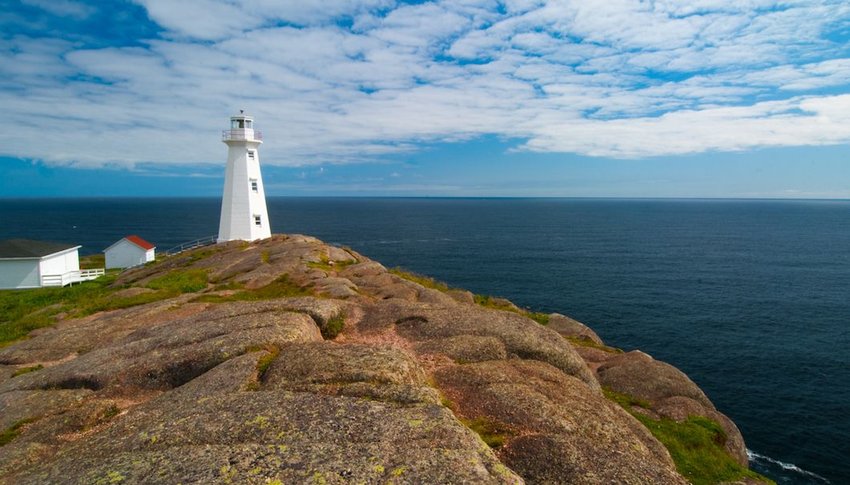
Peter Easton is a well-known pirate who started as a privateer in Queen Elizabeth I’s navy. In 1602, he was sent to Newfoundland to protect people from the Spanish. But when James I took the throne a short time later, Easton’s services were no longer needed. Easton decided to continue attacking ships just as he had been doing before — except now, since he wasn’t acting under orders from the throne, he was officially a pirate. He attacked the Spanish and English and eventually had 10 ships and over 1,500 men of his own. Easton quickly grew a reputation for being a very successful pirate. Years later, he received and accepted an English pardon. He married, settled down, and became the Marquis of Savoy.
Galveston, Texas, USA
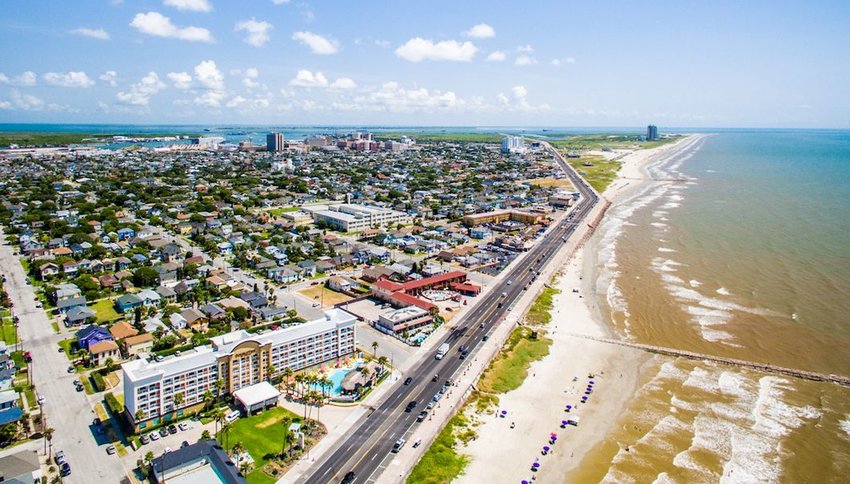
In the late 19th and early 20th century (up through 1936), the city of Galveston functioned as a well-trafficked pirate port. Privateers who sailed their ships in the Gulf of Mexico, such as Jean Lafitte, would pass through Galveston and conduct raids on the coast. Hundreds of ships were lost in the area because of pirate raids and battles. If you’re ever in Galveston, visit the PIRATES! Legends of the Gulf Coast exhibit or see the Pier 21 Theater’s film about Lafitte.
Nassau, Bahamas
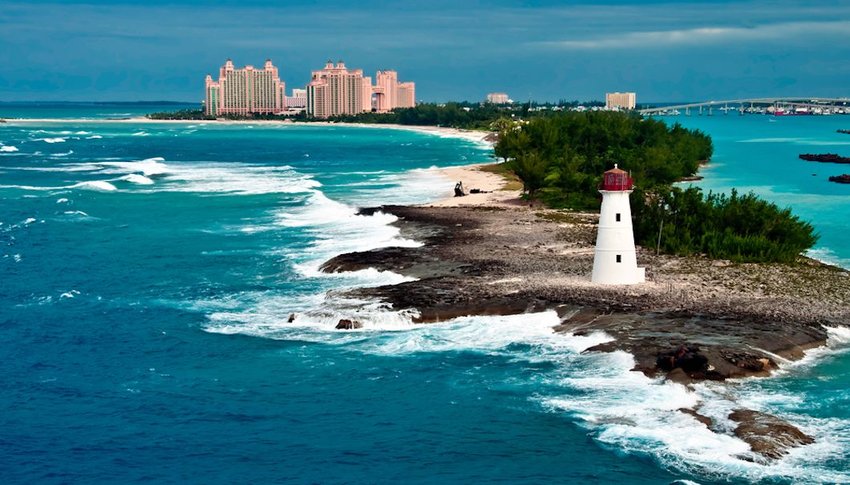
Nassau was the infamous location of the Republic of Pirates, a base of pirates that hung around from 1706 to 1718. The pirates essentially took over the city in 1696, when a privateer bribed the city’s governor with gold, silver, and elephant tusks. This made Nassau a great place for pirates to deal. Technically, the governors were still in charge, but the pirates became bolder and bolder until 1706, when most of the island’s residents left after a pirate attack. Pirates ran wild on the island until King George I sent a new governor in 1718. The governor pardoned some pirates and then hunted and killed the ones who didn’t accept the pardon.
Port Royal, Jamaica
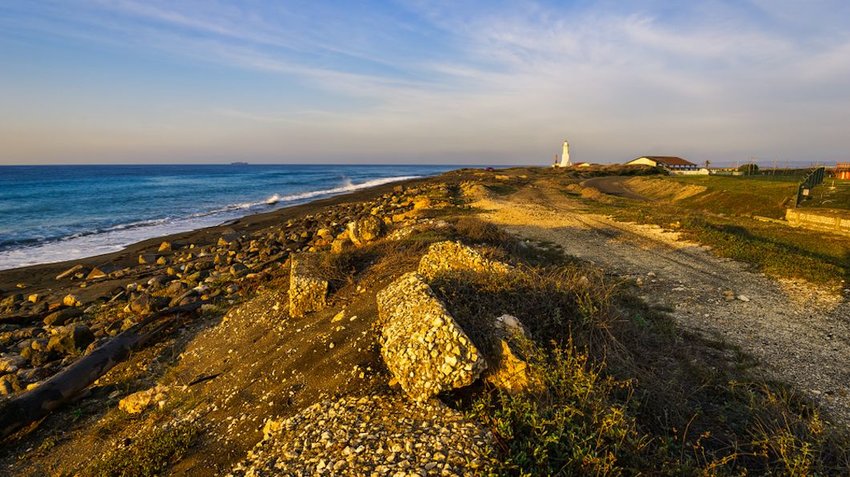
Port Royal was crawling with pirates in the 1600s. The city was well-known for its prostitutes and slave trade, with residents living on the money the pirates brought home after looting from the Spanish. In 1692, an enormous and devastating earthquake hit the city and 2,000 people were killed. Many of the survivors saw the earthquake as a punishment for what the residents of the city had done.
Newport, Rhode Island, USA
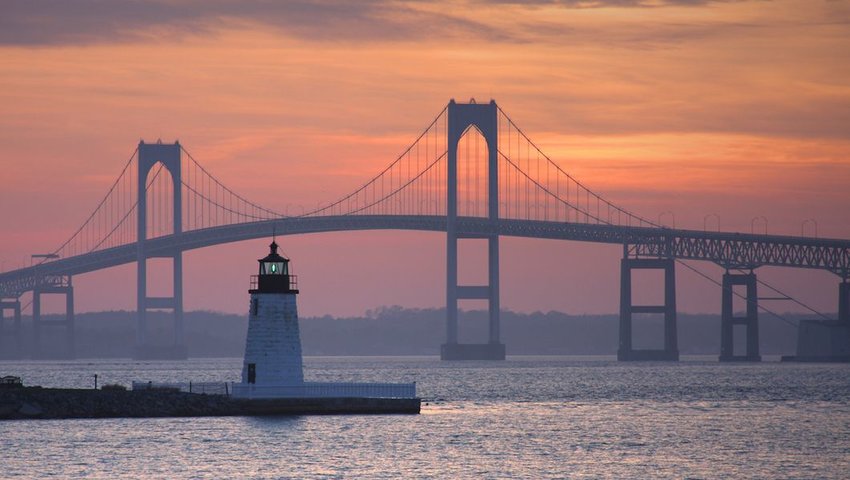
Goat Island sits off the coast of Newport, Rhode Island, and this little plot of land has its own morbid pirate history. In 1723, 26 pirates were buried on the north end of the island. The pirates — all of them young and most of them Englishmen — had all been put on trial in Newport a few days earlier and then hanged at Bull’s Point. The execution was the biggest pirate execution in all of the Colonies, and people from all over New England came to watch.
Havana, Cuba
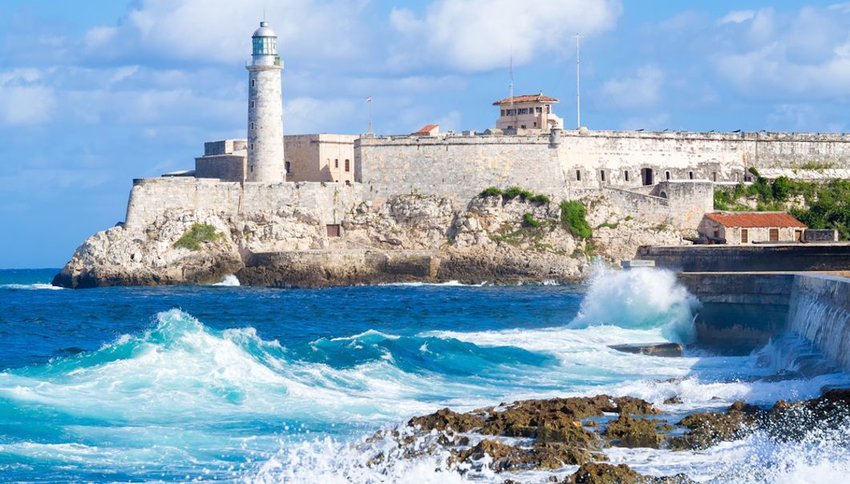
Havana, Cuba was once a prominent trading port in the Caribbean, which made it a prime target for attack from buccaneers. In 1555, a French pirate named Jacques de Sores burned the city to the ground while looking for wealth. As a result, the Spanish built fortresses along the coast in an attempt to keep the pirates out.
